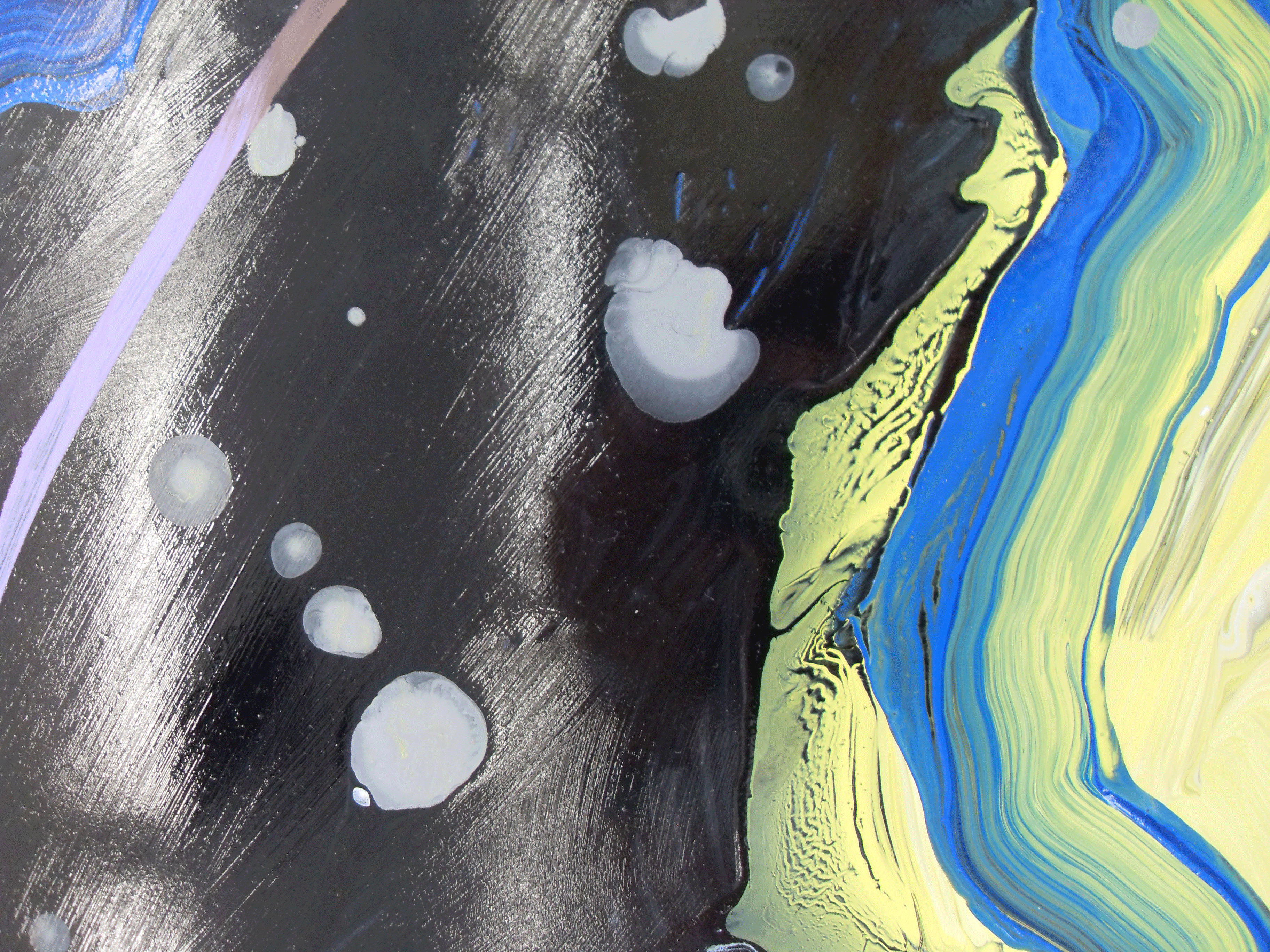Retablo (or lamina) is a term for a Latin American devotional painting, especially a small popular or folk art one using iconography derived from traditional Catholic church art. This is a different meaning from the original one in Spanish, which still applies in Spain, and is equivalent to reredos in English or retable in French: a painting, sculpture or combination of the two, rising behind the altar of a church. The Latin etymology of this Spanish word means "board behind"[1].
Spanish retablos of the Late Middle Ages and Renaissance grew extremely large and elaborate, typically using carved and gilded wood, and rising as high as 40 feet or more. The tradition of making them was taken to the new Spanish Empire in America. There, by the late 18th century at least, the word became used for much smaller popular religious paintings, both conventional devotional images and ex-votos (paintings giving thanks for protection through a specific episode). |





